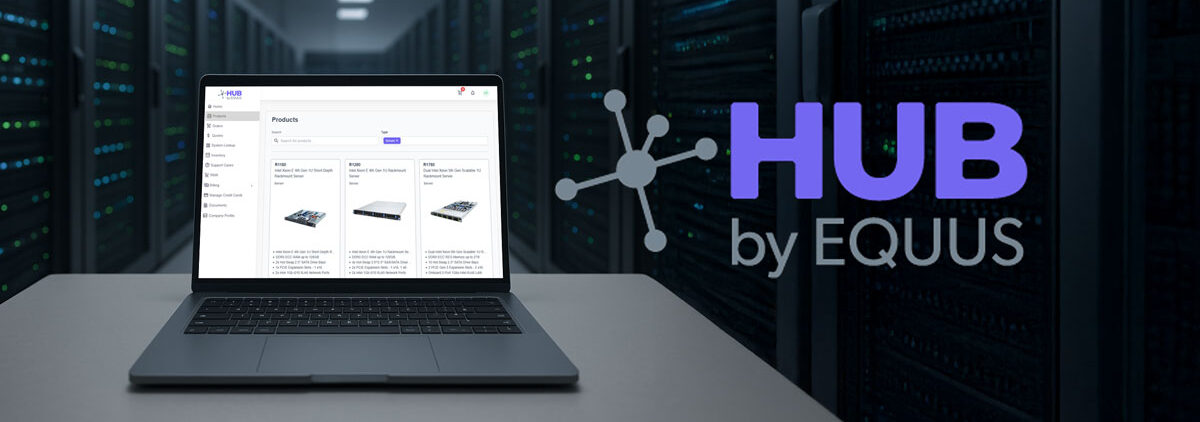The emergence of 5G networks promises unprecedented speeds, seamless data transmissions, and real-time data processing—capabilities that open the door for a world of possibilities through concepts including advanced medical technology and autonomous vehicles. Like the rest of the internet, though, the pace and quality of change depend on the ability of data centers to support such change. Since the promise of 5G isn’t just for static use cases in Tier 1 markets, the advent of 5G technology will bring not just faster speeds, but a fundamental shift in how data centers approach edge infrastructure.
As an example, let’s look at AI applications. Generative AI applications hinge on their ability to operate in real time, a capability facilitated most effectively by combining the strengths of 5G and edge computing. For instance, instead of solely relying on hyperscale cloud environments for hosting AI models, organizations can train these models in large-scale clouds and execute them at the edge. This setup leverages 5G’s high-speed data transmission between edge nodes and end-users, ensuring efficient and responsive inferencing capabilities across diverse applications. In other words, the success of 5G-enabled technologies like AI heavily depends on edge data centers, which optimize networks for low latency and high bandwidth, as these next-gen applications require rapid data transmission from end-users to processing points to minimize latency and ensure optimal user experiences. 5G can accelerate that data speed, but it needs edge computing to reduce the distance the data travels before processing. In many ways, it is only through integrating the speed and capacity of 5G with the localized computing capabilities of edge data centers that organizations can fully leverage the real-time applications and services that are promised with next-generation technology, including AI and beyond — from cloud gaming to autonomous drones to remote surgery.

As a response, many data centers are attempting to pivot quickly from containers and virtual services to cloud services and edge computing that is ready to support 5G needs. Realizing this transformation is easier said than done, and solving the network puzzle involves significant challenges. In order to effectively manage the vast amounts of data from edge devices, sophisticated data routing and processing capabilities are necessary. Today, few data centers have the capability to ensure seamless and standardized protocols that allow for maintaining data quality and consistency through seamless and standardized protocols across the range of technologies.
Among the challenges for data centers, one of the most formidable is meeting infrastructure requirements. Meeting such requirements often includes upgrading existing systems to support 5G technology, including things like new antennas, routers, and servers capable of handling high-speed data transmission. There’s also the challenge of ensuring compatibility across different platforms, requiring the integration of 5G networks with other existing IT systems and applications. When it comes to ensuring low latency and high reliability in data transmission between edge devices and central data centers or cloud services, edge data centers need all the help they can get.
The new ECS Edge Connector maximizes 5G performance at the edge by serving as a high-performance bridge between local networks or devices and the broader network or cloud. By utilizing private 5G networks, this revolutionary solution ensures high performance and robust security for telco, retail, finance, healthcare, CSP, data center and IT networking applications.
Here’s how the 5G connector can facilitate high-speed 5G connectivity for any application at the edge:
Security Concerns
The solution includes robust security features, including zero trust network access (ZTNA), end-to-end encryption, and advanced threat protection. These measures mitigate security vulnerabilities associated with 5G networks, safeguarding data and devices from cyber threats.
Infrastructure Requirements
The integrated Intel Atom C3558 processor provides efficient processing power for handling high-speed data transmission and processing tasks at the edge. This helps in upgrading infrastructure to support 5G technology without compromising on performance.
Integration Complexity
The solution provides centralized management capabilities through ZScaler, simplifying the integration of 5G networks with existing IT systems and applications. This ensures compatibility and seamless operation across diverse platforms within the edge data center environment.
New 5G networks promise to increase connectivity among IoT devices, people, and services in a ground-breaking way, but proactive adaptation and strategic investments are pivotal for edge data centers to maximize their role in the transformation. Navigating the challenges involved can be tricky, but ECS is here to help. Using solutions like our new 5G connector, data centers can optimize their network performance and improve their service delivery in ways that will prepare them for 5G and beyond.
To read more about the new ECS 5G connector, check out the datasheet here.
Additional Resources
Blog: Harnessing 5G: How ECS is Transforming Connectivity and Cybersecurity for Modern Networks








